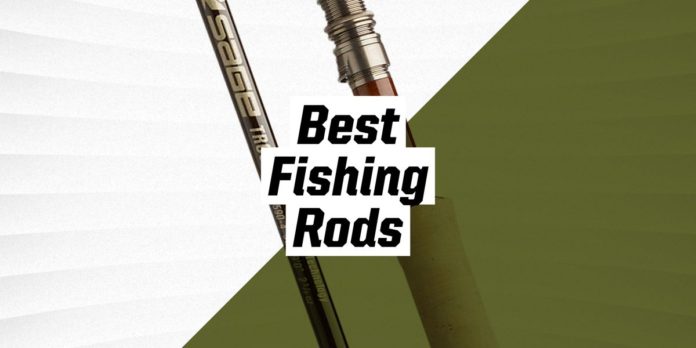Truth is, you can catch a fish with a cane pole. But the latest, greatest graphite and fiberglass rods make bringing in a catch easier and more fun. The trouble is that there are approximately six million different freshwater-fishing rods on the market, or so it seems anyway. This foolproof guide will help get the right stick in your hand, whether you’re after high-altitude small-stream trout or a lily-pond largemouth.
Cast Away: The Best Fishing Reels | The Ultimate Fly-Fishing Gear Guide | How to Build a Fishing Tackle Cabinet
What to Consider
First, and most crucially, decide whether you want a spinning, casting, or fly rod. Spinning setups—the easiest and most popular—are best for lightweight line and tackle, and will catch just about every swimming creature, short of, say, muskie or Volkswagen-size catfish. Casting rods are typically sturdier and use heavier line, so that you can horse overfed, stubborn fish from their hiding spots. And then there are fly rods, objectively the most demanding and fun setup, though not exactly the most efficient for netting piles of fish.
Next, you need to know what size fish you’re targeting so that you can pick an appropriate rod weight or power—angler-speak for the rod’s ability to withstand a fighting fish. Spinning and casting rods use easy labels—ultralight through extra heavy—that correspond with fish size. This chart matches weights to fish species if you can’t guesstimate them yourself. Usually, these rods also have their intended line weight stamped on the side (for example, “Line 6–12 lb”). Fly-rod weights work similarly but on a number-based system. The higher the number, the larger the catch. Five-weights are the most common and can handle nearly every freshwater species, save steelhead or the big toothy predator fish.
Two other key considerations are length—the longer the rod, the farther the cast—and action. Slow-action rods bend closer to the grip and, as a result, tend to be more sensitive and generate less line speed, for soft presentations. Fast-action rods bend near the tip—ideal for flinging heavy lures. Medium actions are, naturally, in the middle and a safe bet for most outings.
How We Selected
Over the past decade, I’ve fly-fished throughout the Lower 48 and in Alaska, and have written about the outdoors for publications including Field & Stream, Garden & Gun, Men’s Journal, and USA Today. This list includes fly rods that I’ve used extensively over the years, as well as spinning and casting models that have earned favorable reviews from expert sources, such as Field & Stream and Outdoor Life. I also read through customer comments on Amazon and on various message boards, for the sake of thoroughness.
This content is created and maintained by a third party, and imported onto this page to help users provide their email addresses. You may be able to find more information about this and similar content at piano.io
Credit: Source link































